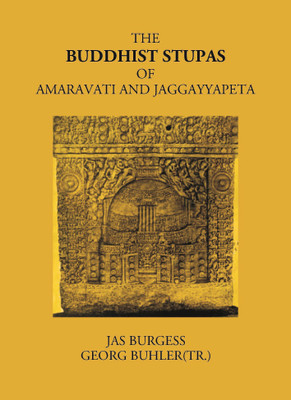THE BUDDHIST STUPAS OF AMARAVATI AND JAGGAYYAPETA(Hardcover, James Burgess)
Quick Overview
Product Price Comparison
About the Book:-The present volume contains the results of an examination of the remains of the Amaravati Stupa made in December 1881 and January 1882, soon after the excavation of the site by orders of the Madras Government. By that excavation 255 slabs were laid bare, including a number that had been previously unearthed by R. Sewell, and again reburied for safety; other 44, which he had stored in a shed, and 29 slabs at Bejwada Library, brought up the total to 329 of all sorts,ŌĆösome of them mere fragments, with little or no sculpture upon them. The following pages contain a description of specimens of each sort of slab and sculpture, including illustrations of all the larger and best preserved. In a work which was intended to be complementary, so far as the Amaravati Stupa is concerned, to the Tree and Serpent Worship of the late James Fergusson, he had counted on much and valuable assistance from him. He was naturally greatly interested in it, and had counted on much and valuable assistance from him. Among the plates are included copies of all the drawings made under Colonel Colin MackenzieŌĆÖs direction that were not already published in Tree and Serpent Worship. Many of the scenes depicted in the sculptures thus illustrated cannot be yet identified, but as our knowledge of Buddhist myth and legend advances, it may be expected that more of them will be explained. The book is the product of extensive study of Amaravati Stupa. About the Book:-The present volume contains the results of an examination of the remains of the Amaravati Stupa made in December 1881 and January 1882, soon after the excavation of the site by orders of the Madras Government. By that excavation 255 slabs were laid bare, including a number that had been previously unearthed by R. Sewell, and again reburied for safety; other 44, which he had stored in a shed, and 29 slabs at Bejwada Library, brought up the total to 329 of all sorts,ŌĆösome of them mere fragments, with little or no sculpture upon


